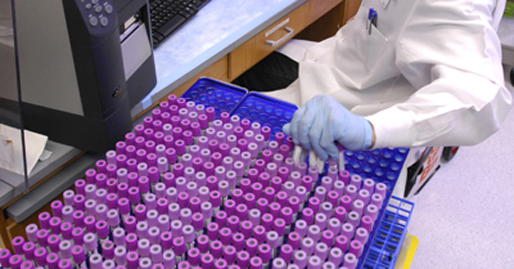
Vanderbilt University and Bristol-Myers Squibb have signed a collaboration agreement for the discovery, development and commercialization of novel therapies acting on the mGluR4 glutamate receptor, known as positive allosteric modulators, or PAMs, for the treatment of Parkinson’s disease.
Under the collaboration, the Vanderbilt Center for Neuroscience Drug Discovery (VCNDD) will identify drug candidates from their existing program, which obtained major support from The Michael J. Fox Foundation for Parkinson’s Research (MJFF). Bristol-Myers Squibb will have the right to develop and commercialize products resulting from the collaborative research program.
Under the terms of the agreement, Vanderbilt University will receive an upfront payment and multi-year research funding to continue to discover additional compounds.
Vanderbilt is eligible to receive milestones and royalties based on developmental success and worldwide sales of the drugs emerging from the collaboration.
The agreement brings to focus Vanderbilt’s mission as a leader in scientific discovery and partner in innovation with world-class companies such as Bristol-Meyers Squibb, while furthering the University’s role as an economic engine for Middle Tennessee.
“The long-term commitment of and collaboration with the MJFF were critical to advancing this program to the stage where it is now perfectly positioned to work closely with Bristol-Myers Squibb for further development,” said P. Jeffrey Conn, Ph.D., VCNDD director and Lee E. Limbird Chair in Pharmacology. “Partnering with Bristol-Myers Squibb is a real win for Vanderbilt and for Parkinson’s patients.”
“We all look forward to a productive collaboration with Bristol-Myers Squibb, which brings tremendous expertise and a strong commitment to advancing the program,” added Craig Lindsley, Ph.D., VCNDD director of medicinal chemistry and William K. Warren Jr. Chair in Medicine.
Conn and Lindsley’s colleagues in this effort include Carrie Jones, Ph.D., the center’s director of Behavioral Pharmacology; Colleen Niswender, Ph.D., director of Molecular Pharmacology; J. Scott Daniels, Ph.D., director of Drug Metabolism and Pharmacokinetics; and Corey Hopkins, Ph.D., research assistant professor of Pharmacology and Chemistry.
“We are thrilled to have the opportunity to work with the Vanderbilt Center for Neuroscience Drug Discovery’s highly regarded scientists and laboratories to potentially find a way to help patients with Parkinson’s disease,” said Francis Cuss, MB BChir, senior vice president for Research at Bristol-Myers Squibb.
“At Bristol-Myers Squibb we are dedicated to discovering and developing medicines that address serious unmet need,” Cuss said. “As part of our strategy, we continually seek to build relationships with organizations that have innovative programs and capabilities that complement our own internal efforts.”
An estimated 1 million Americans have Parkinson’s disease, a progressive brain disorder characterized by resting tremor, rigidity and slowness of movement. It is caused by the death of nerve cells in a specific brain region that produce the neurotransmitter dopamine.
mGluR4 receptors are highly expressed in areas of the brain directly relevant to Parkinson’s disease. mGluR4 PAMs represent an approach to correct the dysregulated signaling observed in Parkinson’s disease and pharmacologically mimic a surgical procedure that has been successful in alleviating symptoms of Parkinson’s disease.















